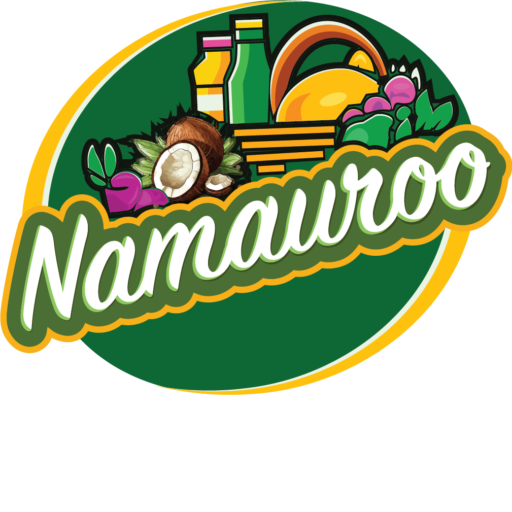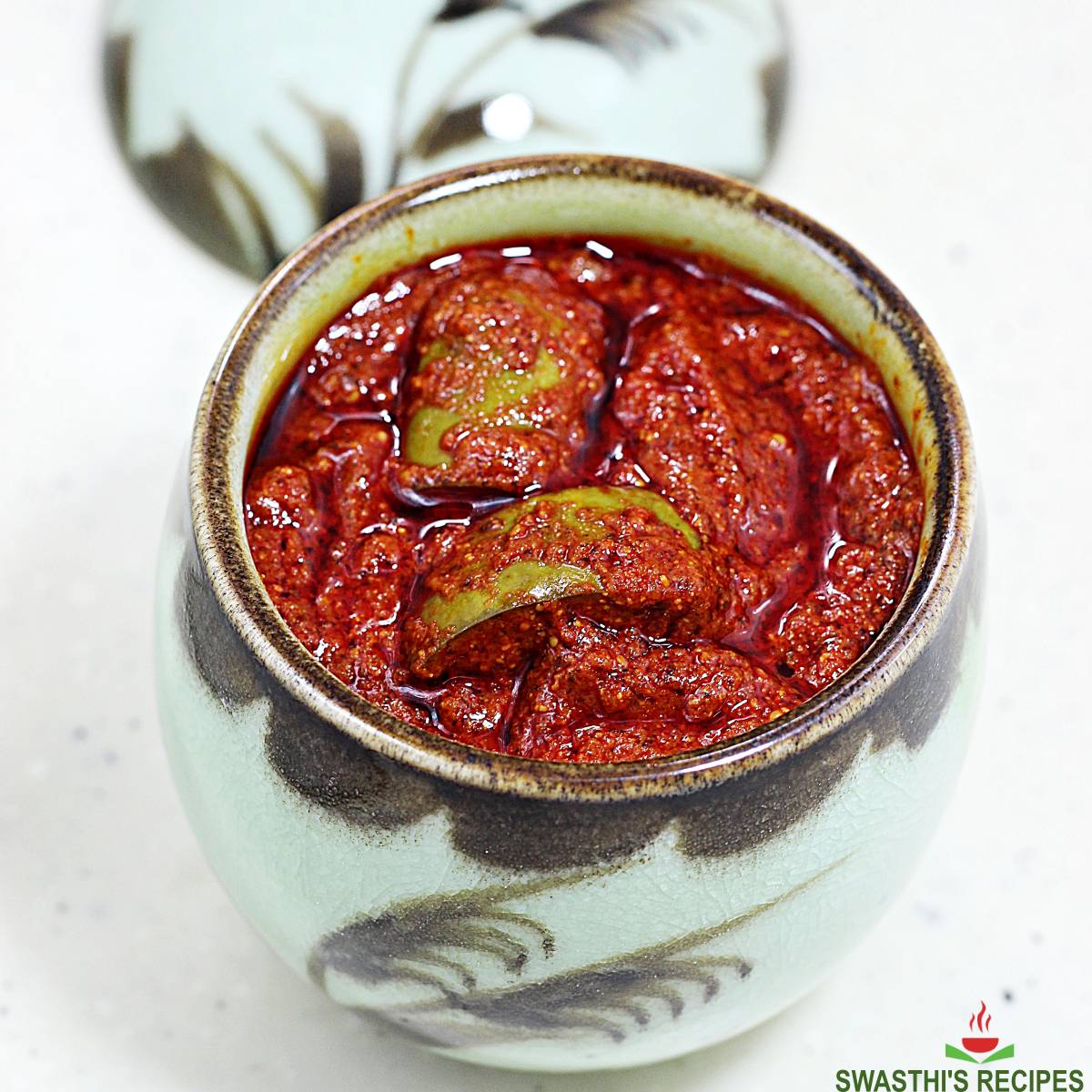Mango pickles, also known as achaar or oorugai, are a popular condiment in many South Asian and Southeast Asian cuisines. These pickles are made by preserving raw or ripe mangoes in a mixture of various spices, oil, and sometimes vinegar. Mango pickles come in a variety of styles and flavors, reflecting regional preferences and culinary traditions. Here are some key points about mango pickles:
- Ingredients:
- Mangoes: Raw, firm, and sometimes slightly underripe mangoes are commonly used for pickling. The sourness of raw mangoes adds a tangy flavor to the pickle.
- Spices: Common spices include mustard seeds, fenugreek seeds, fennel seeds, asafoetida (hing), turmeric, red chili powder, and nigella seeds.
- Oil: Mustard oil is often used for its distinct flavor, but other oils like sesame or vegetable oil can also be used.
- Vinegar (optional): Some recipes may include vinegar for additional tanginess.
- Preparation:
- Cutting and Slicing: Mangoes are cut into small pieces or slices, depending on the style of pickle.
- Spice Mix: A blend of spices is prepared, often involving dry roasting and grinding to enhance their flavors.
- Mixing and Marinating: The mango pieces are mixed with the spice blend, oil, and sometimes vinegar. This mixture is left to marinate, allowing the flavors to meld.
- Sun Drying: In some traditional recipes, the mango pickle is sun-dried for a few days, intensifying the flavors and aiding in preservation.
- Varieties:
- Mango Avakai: A popular variety in South India, Mango Avakai is made with raw mangoes, mustard powder, fenugreek, and red chili powder.
- North Indian Mango Pickle: This style often includes fennel seeds, nigella seeds, and mustard oil, providing a unique Northern Indian flavor profile.
- Sweet Mango Pickle: Some variations involve ripe mangoes and sugar, resulting in a sweet and tangy pickle.
- Culinary Uses:
- Accompaniment: Mango pickles are commonly served as a condiment alongside main dishes like rice and curry.
- Flavor Enhancer: They add a burst of tanginess, spiciness, and umami to meals, complementing the overall flavor profile.
- Storage:
- Airtight Containers: Mango pickles are stored in airtight containers to prevent spoilage and retain their flavors. Properly stored, they can have a long shelf life.
- Cultural Significance:
- Festive Occasions: Mango pickles are often made in large quantities during the mango season and are an integral part of festive meals and celebrations.
- Homemade Tradition: Many families have their recipes passed down through generations, creating a sense of culinary heritage.
- Regional Variations:
- Diverse Styles: Different regions have their unique styles of making mango pickles, incorporating local spices and culinary preferences.
Mango pickles are not only a delicious accompaniment but also a way of preserving the vibrant flavors of mangoes for consumption beyond the mango season. The wide range of styles and variations make mango pickles a versatile and cherished element of many culinary traditions.



Reviews
There are no reviews yet.